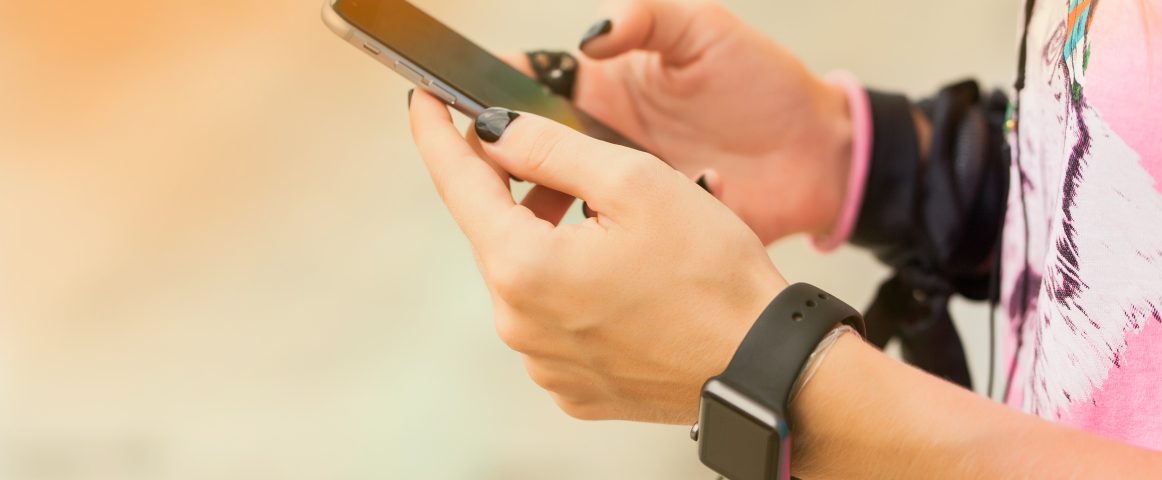FashTech Concerns: Protecting Your Customers & Your Business

Drafting an Agreement for an Influencer Marketing Campaign
September 16, 2016
Fashion Week & New Modeling Legislation.
September 16, 2016In 2014, sales of wearables amounted to approximately $3.5 billion. As this number is constantly growing, it is no surprise that many companies are starting to look into developing wearable devices, either by partnering up with experts in the field or by hiring new employees and creating an entirely new division. Creating wearables is no easy task. Businesses should therefore be fully aware of certain legal issues surrounding the industry before getting into the development phase or their new wearable products. Multiple elements should be taken in consideration, such as FDA regulations, but this post will address two issues in particular: data protection and intellectual property.
- Data protection
Wearables normally collect a very high volume of personal data, so it is crucial to be mindful of how it is handled and used. Personal data is any information through which it is possible to identity a person. That includes information regarding health, finances, and more. One of the first elements any business should think about is getting a purchase agreement drafted by an attorney. This agreement should explain very clearly when personal data will be collected, what it will be used for and whether or not it can be sold to a third party. Consumers must give their explicit and informed consent to those uses. If third parties are involved, especially for marketing purposes, you might want to look into anonymising the collected information so that it can be traced back to particular individuals. Ultimately, having strong privacy policies is the key to avoid legal issues in the future.
Because of the potential problems that can stem from having such an important volume of personal information, it might be a good idea to assess what information is genuinely needed and to get rid of any unnecessary data. As for day to day handling of personal data, it is important to have online security protocols in place as well as to consider the purchase of data breach insurance. Businesses must be aware of the possibility of identity theft, stalking, and other risks associated with the possession of consumers’ personal information.
Of course, measures of protection can and should be integrated into the wearable’s technology itself. Features such as remote erase and Bluetooth encryption are two of many options out there. Making sure that the data you collect is protected is not only necessary to build a relationship based on trust with your consumers, but also essential to avoid legal sanctions by the FTC.
- Intellectual property protection
As with anything you create, the development and production of wearables involves proper intellectual property protection. If you plan on working with a technical team or hiring work-for-hire experts, it is important to assess the IP of what will be created in the agreements between these individuals and your business.
Two elements need to be protected: the inside of your wearable (the technology itself) and the outside (packaging, look, name, etc.). There are multiple vehicles through which you can protect your products. When it comes to the inside of your product, patents are an excellent way to protect your invention. There are two types of patents: utility patents, which cover the software, mechanical components, fabrics and other aspects of your wearables, and utility patents which cover the look of your product. Patents will generally grant you the exclusivity on your invention for a period of 20 years.
Trademarks are also essential, as they will protect the name, symbol and any other device (such as color and shape) used in trade with goods to indicate their source and to distinguish them from others’ goods. Having trademark rights can help prevent other companies from using similar marks that may lead to the confusion of regular consumers as to what the real source of the product is.
Business owners might also want to consider trade dress, trade secret protection and copyright protection. Trade dress, although underutilized, tends to particularly beneficial when dealing with wearables because of their often very distinctive shape. Trade dress can protect key non-functional aspects of a product’s appearance, packaging and configuration. Trade secret protection, on the other hand, can help protect a company’s technology from misappropriation. Finally, copyright, although not necessarily as useful as other types of protections when dealing with wearables, can still be used to protect elements such as the written instruction that may come with your product. Because of the wide variety of available intellectual property protection vehicles, always consult an attorney to help determine which ones will be the most beneficial for your product.
As with all Law on the Runway posts, please use this as general information, not as legal advice. If you have any questions, you may email hello@lawontheruway.com.

